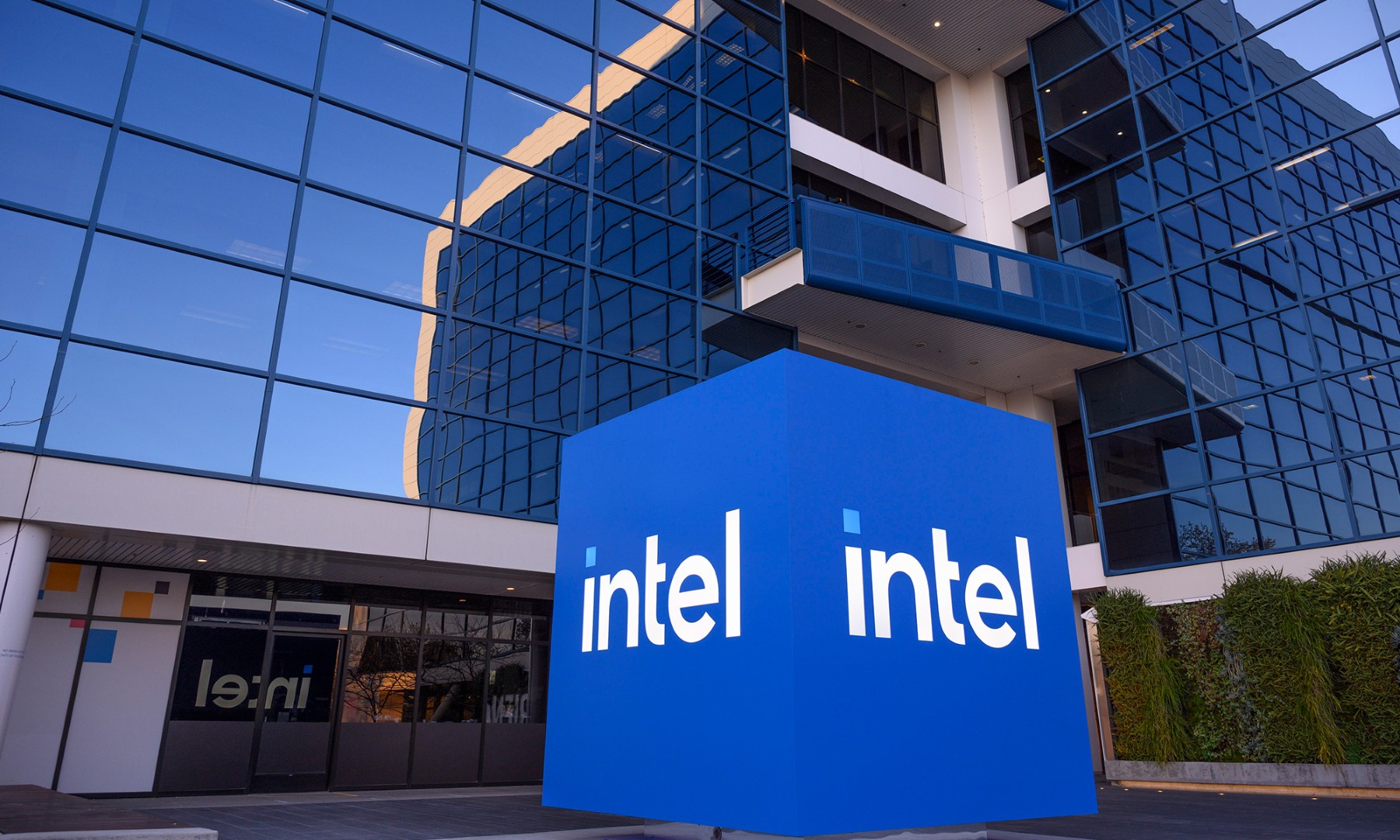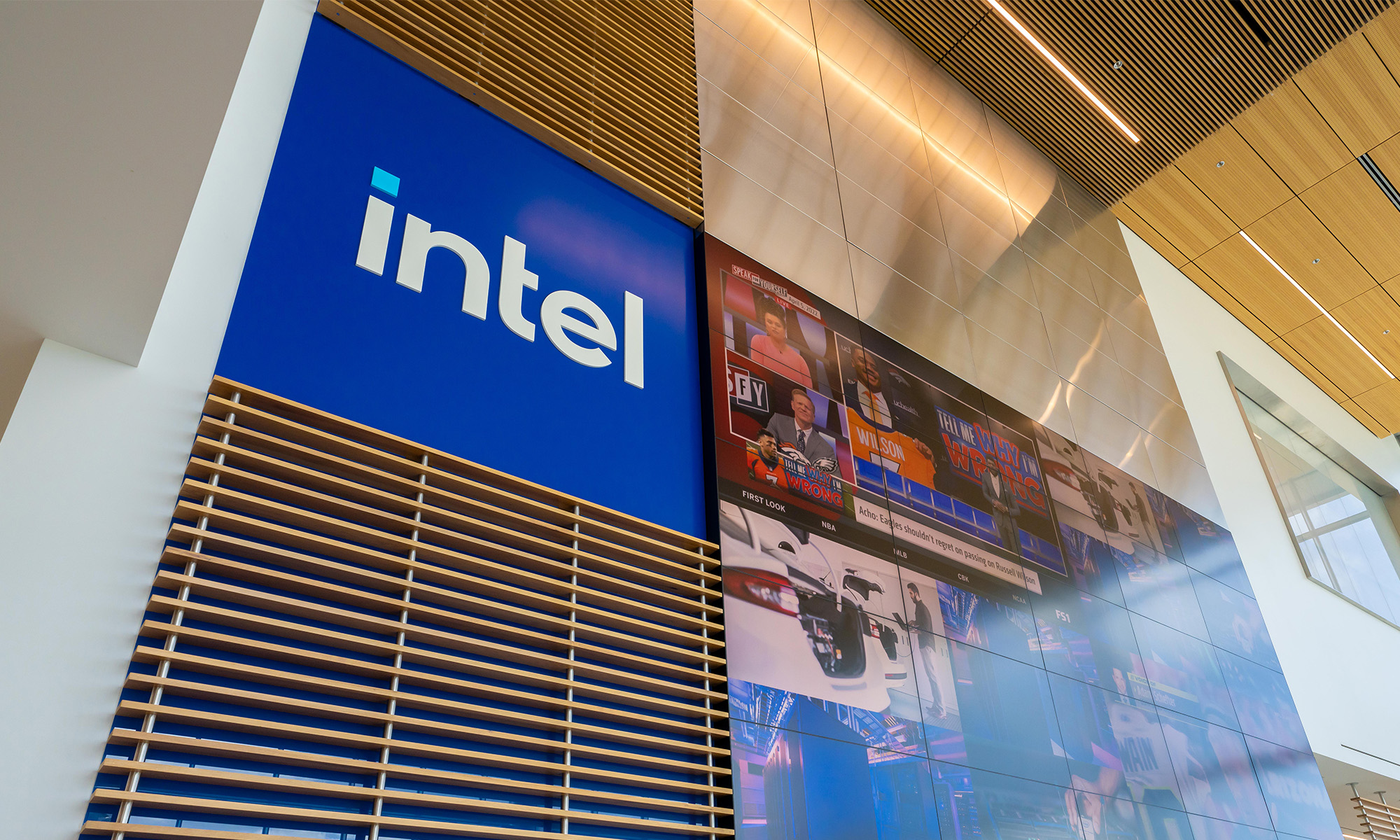There seems to be limited disagreement as to both the value represented by shares of Intel (INTC +6.86%), and the reality that Chipzilla is facing some serious structural changes that must be understood and addressed if the company is to flourish in the future. The so-called death of the PC has a profound impact on the potential success of Intel, while the explosion in the importance of the mobile market has become a Wall Street mantra. Interestingly, it's the third arena in which some believe Intel will truly excel: servers . Ultimately, if the company is to have long-term success, as I believe it will, then current levels represent a value-based entry point for the stock.
Rumors of the death of the PC have been...
Whether you choose to believe that headlines bemoaning the "death of the PC" are trying to provide critical insight into the reality of a shifting market, or prefer the idea that this is merely a catchy phrase that generates hype, PC sales have been declining . A recent Barron's piece quoted editor Linley Gwennap's article in Microprocessor Report:
The problems of the PC market goes beyond tablets: this will be the third of the past four years that PC growth is less than 4%. A broader problem is that over the past few years, performance growth has slowed to a crawl.'" The article goes on to point out that "'[e]ven counting a modest boost for the new Sandy Bridge CPU, performance is increasing at just 10% per year for desktops and 16% for laptops, a far cry from the good old days of 60% annual performance increases. As a result, PC users have little incentive to upgrade their systems.
This opinion stands apart from a recent argument in TechnoBuffalo, in which Roy Choi asserts that Microsoft's (MSFT 2.28%)"Windows 8 in itself is an admission of the death of the PC, with the heavily touch-based OS, Windows 8 is much more a tablet operating system as it is a desktop ecosystem." While I favor the idea that the PC is simply evolving, regardless of what we call it, there is little question that the PC market remains an important key to success for Intel; in 2012, PC processors will be responsible for $31 billion , roughly five times what can be expected from the mobile processor segment.
Smartphone wars rage on
While Intel remains sharply behind Qualcomm's (QCOM +1.13%) snapdragons in terms of 4G LTE chip sales for the smartphone and tablet markets, this is largely a U.S. phenomenon, at present . Earlier this year, Google (GOOG +0.69%) signed a multi-year deal with Intel to provide mobile chips. Google's Motorola Mobility division relied heavily on Qualcomm for the U.S. LTE version of recent smartphones like the Razr HD, but Intel chips made their way into non-U.S. versions.
While Intel is definitely in catch-up mode in terms of LTE, this market is somewhat small when compared to the global market, which is not on LTE. Intel is expected to release its own LTE chip in the early part of 2013. While Intel is hardly running away with this segment, it should become significantly more competitive. The smartphone and tablet markets remain fairly new, so acquiring new customers should be rather direct, even if the company is not leading the growth alone.
Server, order up
Both the proliferation of mobile devices and the continuing shift to manage so-called "big-data" has led to significant growth in the server segment. Mr. Gwennap explains:
With server processors selling for hundreds of dollars and 90% gross margins, the company could be generating more profit in this fashion than the mobile-processor vendors do. The server market comprises more than $10 billion in revenue and is growing rapidly; it is likely to be the biggest growth driver for Intel over the next several years.
This third area is of a particularly critical nature, because the server segment is an area in which Intel has always been a dominant player. The margins here are high, and the company has a built-in client base. Overall, while all three arenas should be considered, this one may be the differentiating factor.
Semiconductor value
At current levels, Intel is trading with a trailing P/E of 9.2, and a dividend yield of 4.4%. This compares very favorably on a value basis to competitor Qualcomm, which trades at a P/E of 17.8, and a dividend yield of 1.6%. Overall, Intel clearly looks like the value play within the group. With solid and diversified business lines, the company is very well positioned moving into the future. If management can drum up some growth, the company will be in great shape moving forward. As such, Intel is a buy at current levels.









